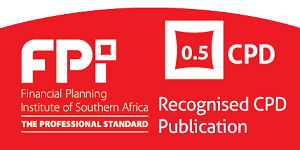Perfecting the art of graft
Publish date: 13 December 2019
Issue Number: 17
Diary: CompliNEWS Ethics
Category: Corruption
The World Bank estimates that corrupt exchanges now involve $1-trn annually. In 2018, Transparency International reported that more than two-thirds of the 180 countries it surveyed received a score of less than 50 on a scale from 0 (highly corrupt) to 100 (very clean). In a Business Day analysis, Krish Naidoo notes that corruption spreads quickly among individuals, often by mere exposure to a bribe, and as time passes becomes harder and harder to control. ‘Social norms vary from culture to culture. What is acceptable in one culture might not be acceptable in another. For example, in some societies giving gifts to clients or public officials demonstrates respect for a business relationship, whereas in other cultures it is considered bribery.
Listening to the evidence given to the Zondo state capture inquiry, one is unavoidably forced to describe the culture in SA of giving gifts as either a lubricant of business negotiations, reward for a past favour or a down payment to influence future behaviour. Over time the line between ethical and unethical behaviour becomes blurred and dishonesty becomes the way of doing business.’ He points out that a person’s underlying tendency to behave dishonestly is similar across countries and cheating levels are about the same. ‘Regardless of whether one is dealing with a country with high or low corruption levels, people cheated to the extent that balanced the motive of earning money with that of maintaining a positive moral image of themselves. The art of corruption has been perfected to the point that it is possible to be a thug in a suit running a successful private enterprise.’





